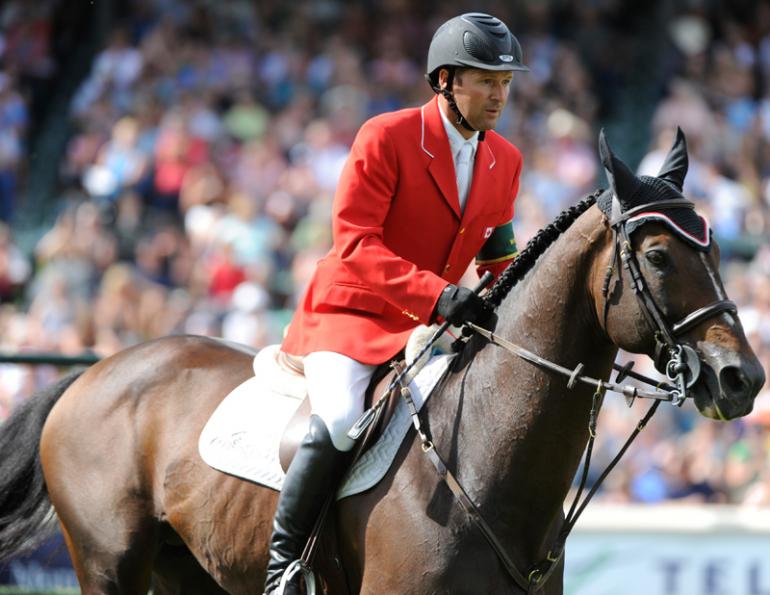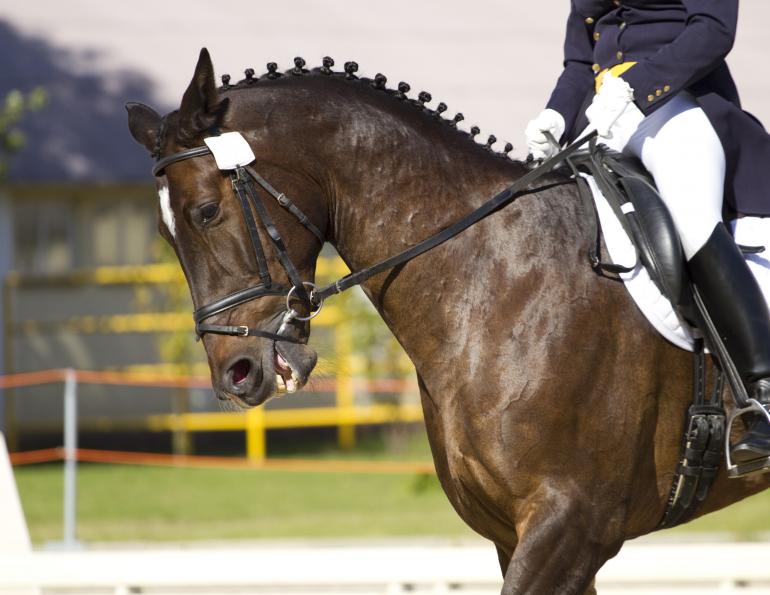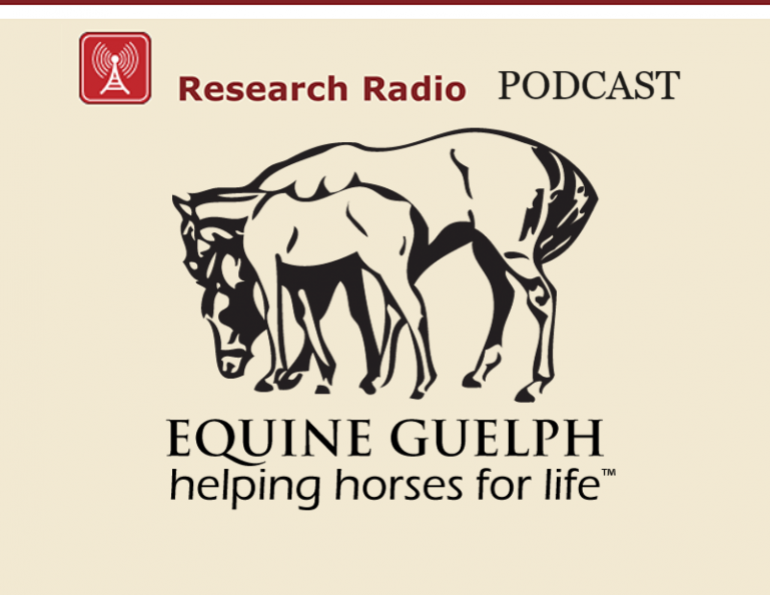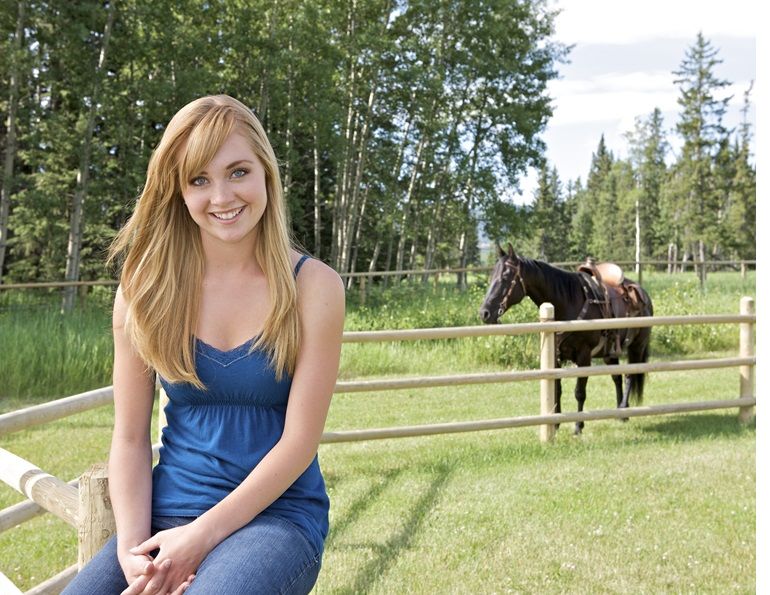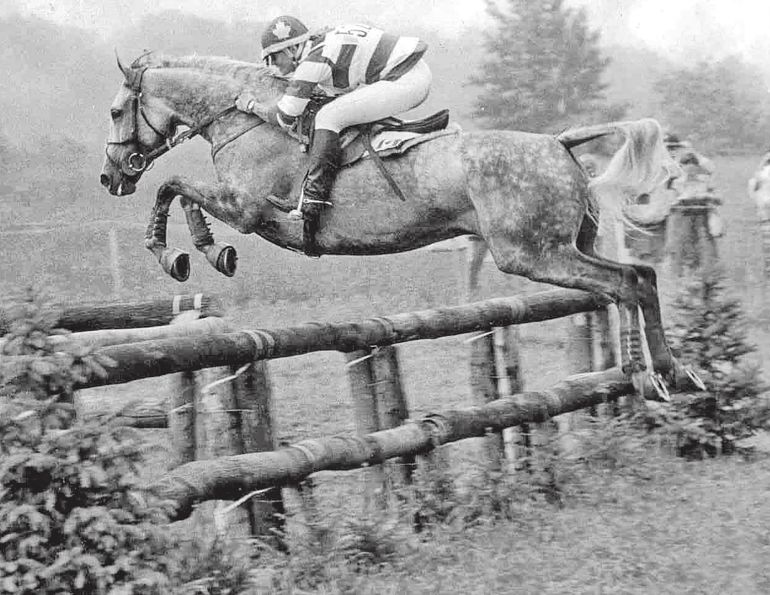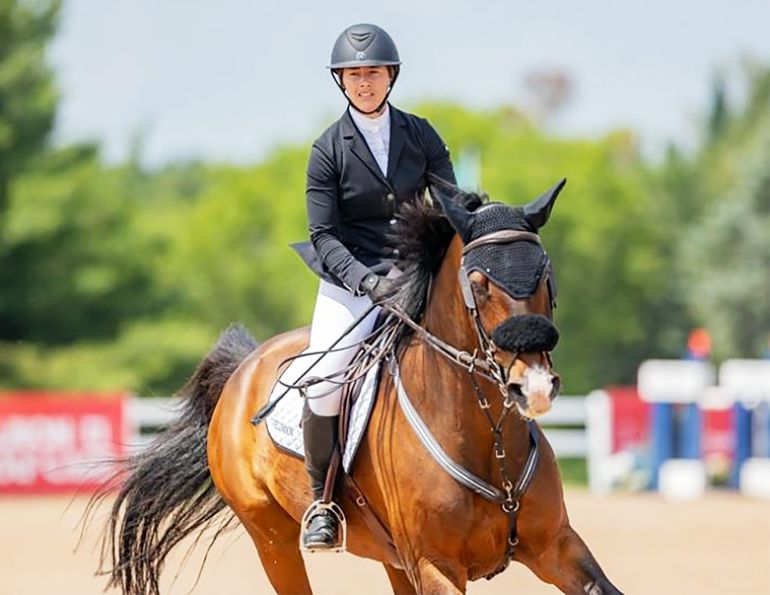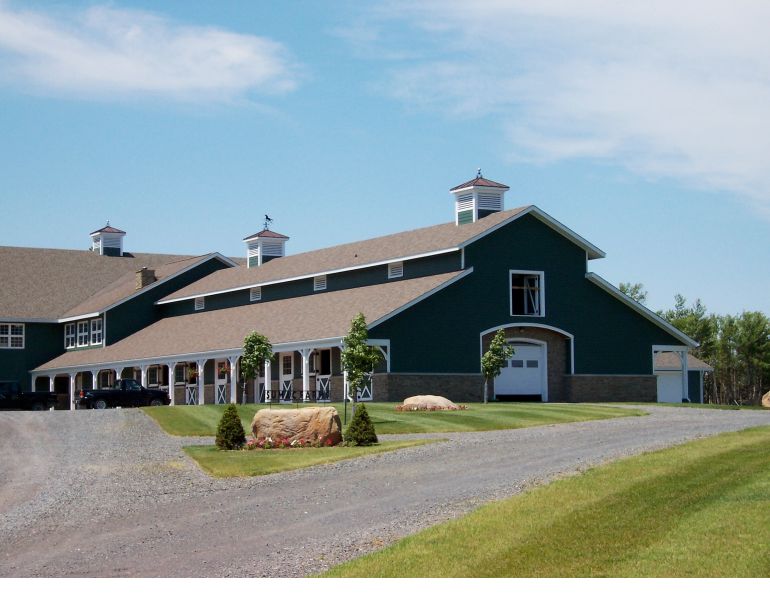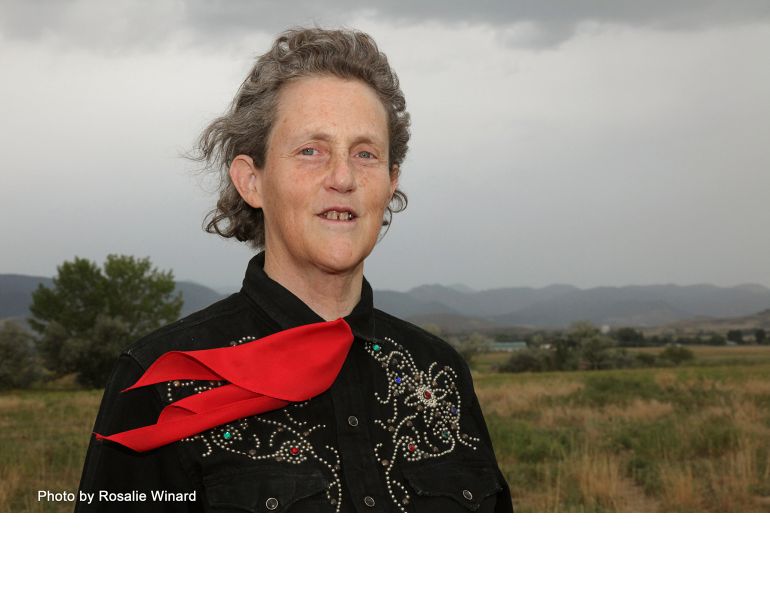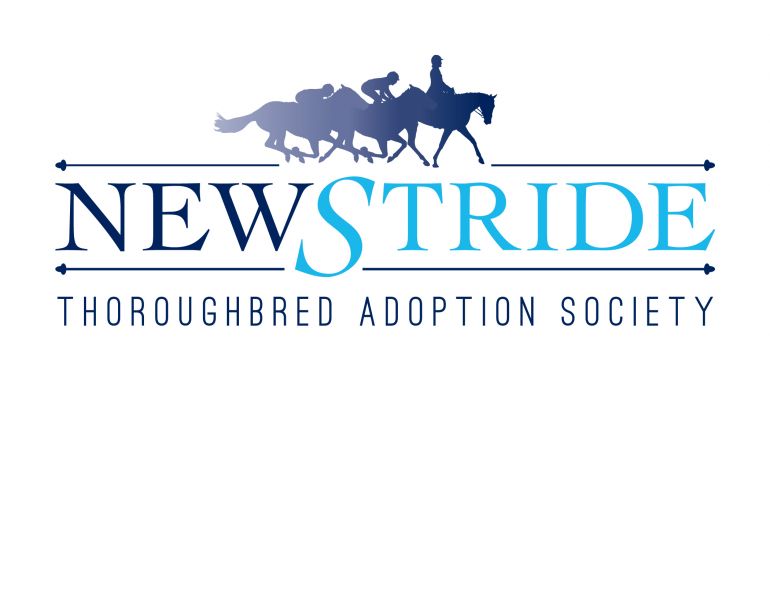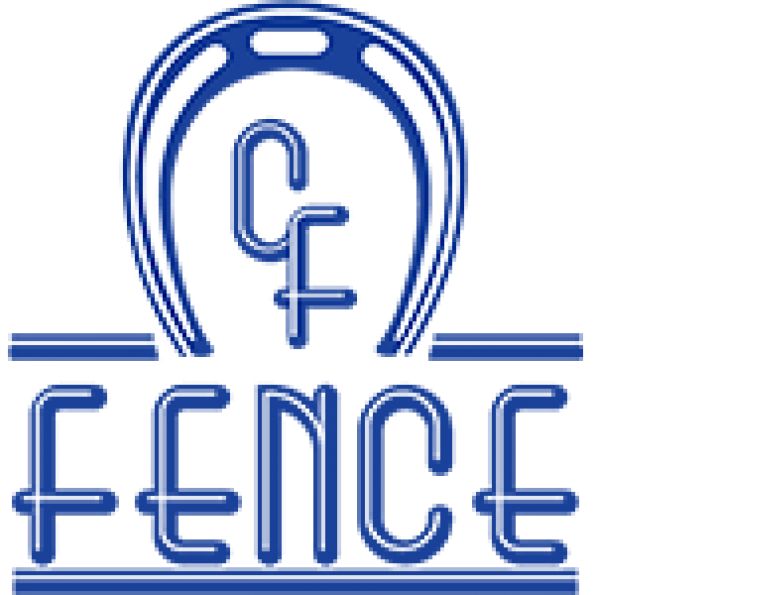By Margaret Evans
March 2, 1996 – November 6, 2011
It was just a moment.
From exhilarating triumph to devastating loss in a second, Eric Lamaze was faced with a torment like no other when Hickstead, his beloved stallion, died upon completing a World Qualifier round at Verona, Italy, on November 6, 2011.
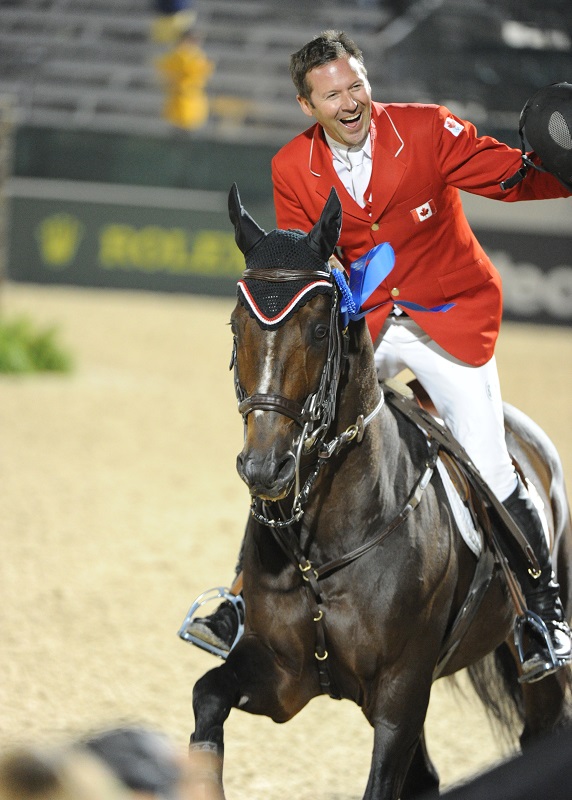
Hickstead’s reputation as a show jumping “rock star” was well deserved. In the Rolex Top Four Final at the 2010 Alltech FEI World Equestrian Games in Lexington, Kentucky, he achieved the extremely rare accomplishment of logging four clear rounds with four different riders, earning the “Best Horse” title. Photo: Robin Duncan Photography
The equine community was stunned.
Yet no one could have known.
The ruptured aorta that took Hickstead’s life could not have been predicted.
The suddenness of the tragedy served only to deepen the shock and horror as the 15-year-old Dutch Warmblood stallion convulsed and passed away before adoring fans in the stands and thousands watching around the world on sports networks.
At the request of the riders the competition was abandoned, and Lamaze’s fellow competitors gathered for a minute’s silence in memory of “the best horse in the world.”
Hickstead was born in the Netherlands in 1996 and during his career won over $3 million as a show jumper.
He became a household name when he and Lamaze captured individual Gold and team Silver Medals at the 2008 Beijing Olympics. His speed, skill, and bravery set new standards in a sport where courage and scope are defining factors.
With Hickstead, Lamaze became one of the world’s most successful riders ever.
Accolades of the pair’s achievements are listed on the Federation Equestre Internationale (FEI) website (www.fei.org).
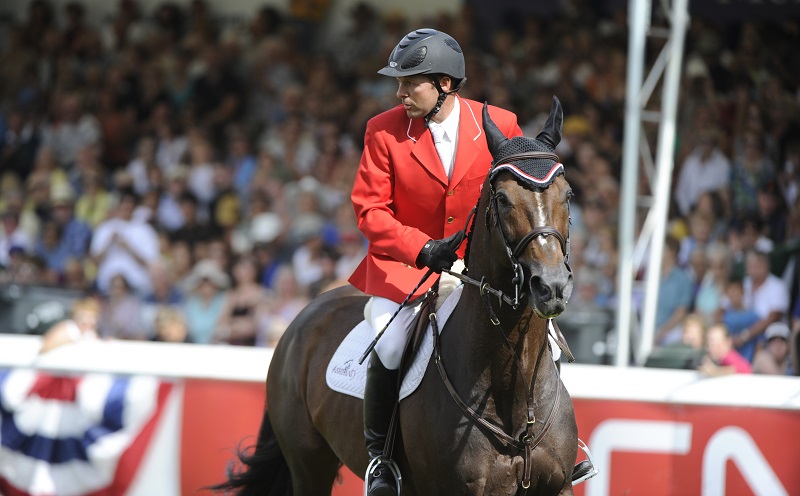
Lamaze and Hickstead competing in the 2011 CN International tournament at Spruce Meadows. Photo: Robin Duncan Photography
Aboard Hickstead, Lamaze competed in and won many of the world’s most coveted and prestigious international competitions, including the Rolex Grand Prix at CHIO Aachen, the CN International Grand Prix at Spruce Meadows (in 2007 and again in 2011), many Rolex FEI World Cup qualifiers, and the Winter Equestrian Festival in Wellington, Florida.
The duo also represented Canada at five consecutive FEI World Equestrian Games and three Pan American Games, including the 2007 competition when they won team Silver and individual Bronze Medals.
Together with John Fleischhacker, co-owner of Hickstead, Lamaze was named the Jumping Owners Club Owner of the Year in 2008, 2009, and 2010 for his outstanding achievements with the amazing horse.
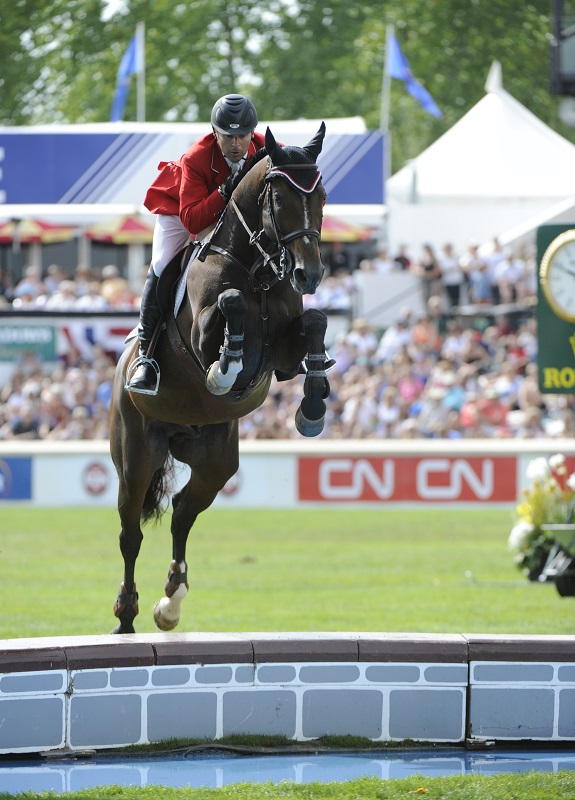
Hickstead, for all his small size, was a huge presence in the show jumping arena. The fans loved his bravery, talent, and enthusiasm for his job. Photo: Robin Duncan Photography
But Hickstead, who was always “the little guy with attitude,” wasn’t such an eye-catcher in his early years. Eric Lamaze first met Hickstead in 2004 at a time when many had already passed over the feisty little horse. He was small, standing a mere 16 hands. He was excitable and unruly. But Lamaze saw in the challenging horse something that others had missed. Perhaps Hickstead mirrored something in Lamaze himself. Maybe it was a melding of personalities, that sense of defiant independence that matched Lamaze’s own sense of survival.
Lamaze followed his instincts, purchased the obstreperous stallion and found in him a friend, a companion, and an awesome partner. Together they soared to the pinnacle of achievement in show jumping, with both Lamaze and Hickstead earning multiple titles and accolades during their years together – Lamaze was ranked as the number one rider in the world twice (January 2009 and July 2010), and Hickstead came to be regarded as the greatest show jumper on the planet. But suddenly, on that fateful November day, the amazingly talented stallion was gone.
What happened to Hickstead was extremely rare for performance horses. Horses can, and have, dropped dead immediately following intense, competitive work, and the reasons vary from vascular, or aortic, rupture, to a fatal arrhythmia. There is often no warning. Elite performance horses like Hickstead are incredibly well cared for and monitored so any hint of something amiss would have been caught immediately.
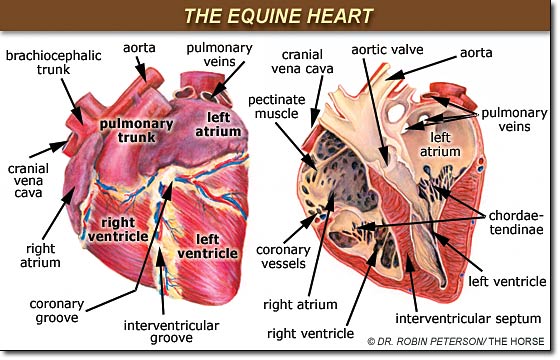
Hickstead’s death was the result of a ruptured aorta, a tragic event that could not have been predicted or prevented.
Dr. Peter W. Physick-Sheard, with the Department of Population Medicine at the University of Guelph in Ontario, studies equine cardiology by analyzing heart rate variability, what contributes to the stability of heart rates, and what could trigger heart rate disturbances or arrhythmias. In the case of Hickstead’s demise, he was not surprised that the pathology revealed a rupture.
“The most likely cause for a horse dying in that manner would be a vascular rupture, an aortic rupture,” he said. “Cardiac arrhythmia would not be the first thing I would jump to.”
For the past several years, he and his colleague Dr. Kim McGurrin have been studying the heart rates and rhythms in Standardbred and Thoroughbred racehorses.
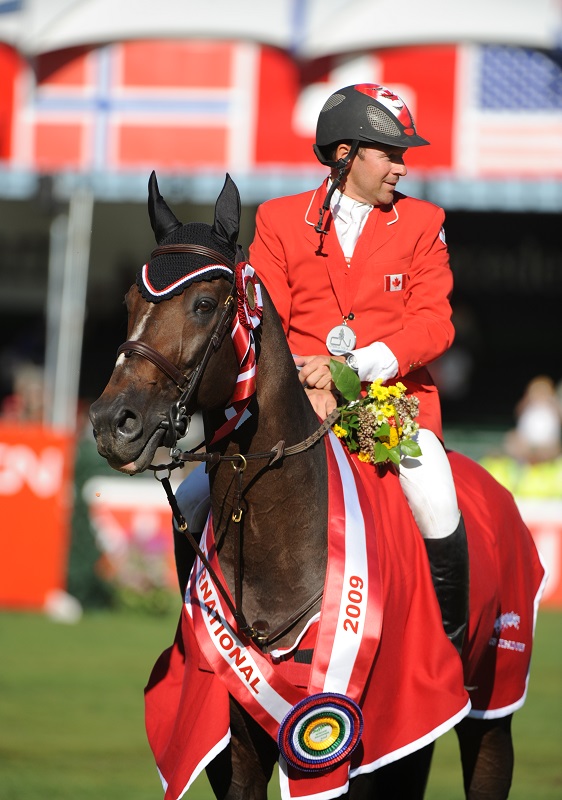
Lamaze and Hickstead competing at Spruce Meadows tournaments 2009 – 2010. Photo: Robin Duncan Photography
From what they have seen so far, the major risk comes into play immediately at the end of intense work, particularly competitive exertion in which both mind and body are engaged in extreme focus. Apparently it is a risk that can apply to human athletes as much as to performance horses.
“What we’ve been doing is to look at heart rhythms in Standardbreds from [time of] harnessing to when the harness came off,” he said.
“We looked at them during warm up, during the race, and when they came off the track. We wanted to know what the heart rhythm is like in normal horses. We discovered that 18 per cent of the horses showed significant rhythm disturbances in the recovery (cool down) period but all recovered spontaneously. It’s very tempting to suggest, but not proven, that this might be what happened with the hearts of horses that dropped dead. Those horses didn’t spontaneously come out of the rhythm disturbance but stayed in it and it got worse. But we don’t know that for sure yet.”
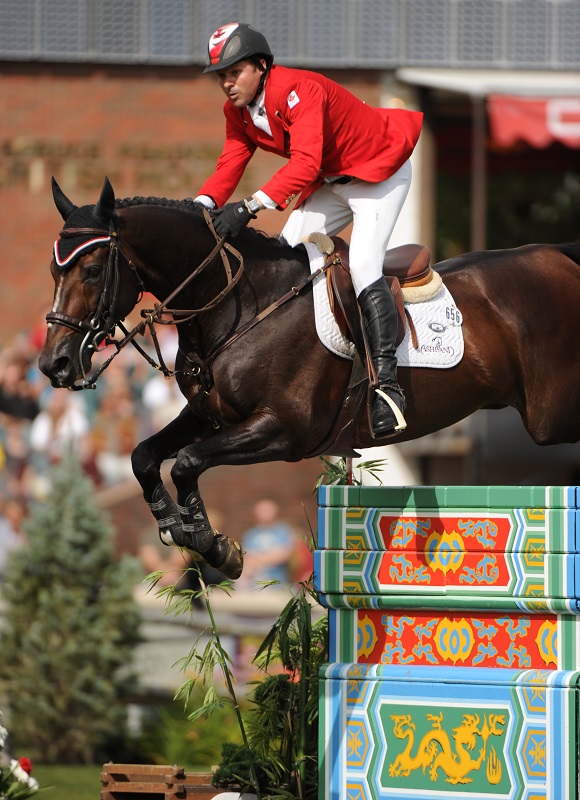
Lamaze and Hickstead competing at Spruce Meadows tournaments 2009 – 2010. Photo: Robin Duncan Photography
Physick-Sheard believes it is possible that what they saw in the Standardbreds is the same for all athletic horses and possibly human athletes.
“We just finished the study on Thoroughbreds and we spent two seasons collecting data from them. We’re analyzing that data right now. It will probably be early spring before we get it all pulled together. We have lots to learn yet.”
He added that there are various types of pathology that will lead to a fatal outcome such as damaged blood vessel walls or heart muscle damage. Cardiovascular death of the type that took Hickstead’s life typically occurs in older horses. Hickstead was 15 years of age, not old as horses go but getting up there for competing at the elite performance level.
For Lamaze, the grace of time will help to dull the pain as he copes with the various stages of loss. “It is the most tragic thing that has ever happened,” said Lamaze. As he mourns the loss of his equine friend, maybe it helps him to know that
Hickstead didn’t suffer long. He died doing what he loved to do, what he knew so well, and with the rider in whom he had complete trust.
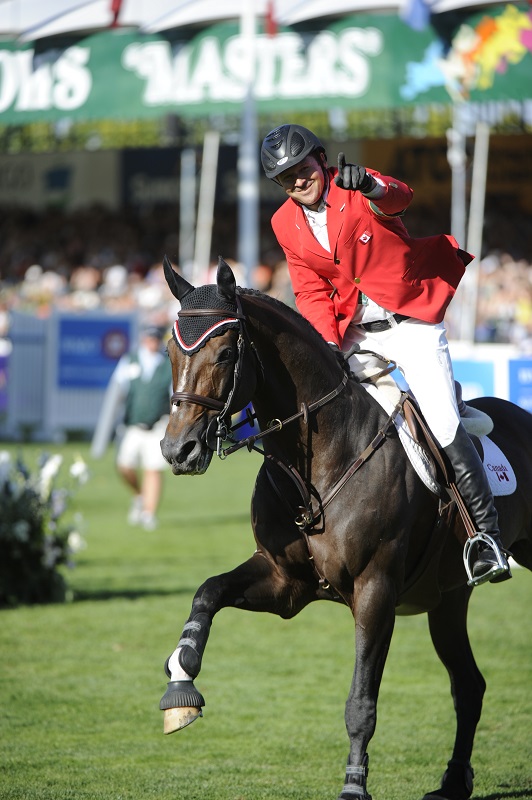
The bond between Eric Lamaze and Hickstead is one that Lamaze is not likely to experience again in his lifetime. Their unique partnership was an inspiration to the entire equestrian community as well as to non-horse people all over the world. Photo: Robin Duncan Photography
Lamaze may never know another relationship with such an amazing horse. But he will always have the cherished memories and the knowledge that Hickstead forever changed the course of his life.
On the day of their first meeting back in 2004, Lamaze could not have foreseen how the combination of their talents would propel them both to the status of show jumping superstars. But by believing in the small stallion with the fiesty personality, Lamaze helped Hickstead become the horse he was born to be, the horse considered by many to be the greatest show jumper of all time.
Their accomplishments together will never be forgotten, and will inspire equestrians for many years to come.
Rest in peace, Hickstead.
Main photo: Robin Duncan Photography



